Thoughts on my blueberry? (Sunshine Blue)
BahamaDan Zone 12b Subtropics
9 years ago
Featured Answer
Sort by:Oldest
Comments (69)
BahamaDan Zone 12b Subtropics
9 years agoBahamaDan Zone 12b Subtropics
9 years agoRelated Professionals
Piqua Landscape Architects & Landscape Designers · Roosevelt Landscape Architects & Landscape Designers · West Chester Landscape Architects & Landscape Designers · Bridgeport Landscape Contractors · Edinburg Landscape Contractors · El Reno Landscape Contractors · Euclid Landscape Contractors · Louisville Landscape Contractors · Mequon Landscape Contractors · Middletown Landscape Contractors · Newnan Landscape Contractors · Severna Park Landscape Contractors · Stony Brook Landscape Contractors · San Pablo Landscape Contractors · Ferguson Landscape ContractorsBahamaDan Zone 12b Subtropics
9 years agodrew51 SE MI Z5b/6a
9 years agodrew51 SE MI Z5b/6a
9 years agoMrClint
9 years agolast modified: 9 years agogarybeaumont_gw
9 years agodrew51 SE MI Z5b/6a
9 years agogarybeaumont_gw
9 years agodrew51 SE MI Z5b/6a
9 years agodrew51 SE MI Z5b/6a
9 years agoBahamaDan Zone 12b Subtropics
9 years agoBahamaDan Zone 12b Subtropics
9 years agoantmary_Omaha_NE_5b
9 years agoantmary_Omaha_NE_5b
9 years agodrew51 SE MI Z5b/6a
9 years agolast modified: 9 years agoblueboy1977
9 years agoBahamaDan Zone 12b Subtropics
9 years agodrew51 SE MI Z5b/6a
9 years agodrew51 SE MI Z5b/6a
9 years agoBahamaDan Zone 12b Subtropics
9 years agodrew51 SE MI Z5b/6a
9 years agoBahamaDan Zone 12b Subtropics
9 years agodrew51 SE MI Z5b/6a
9 years agoBahamaDan Zone 12b Subtropics
9 years agoBahamaDan Zone 12b Subtropics
8 years agoBahamaDan Zone 12b Subtropics
8 years agodrew51 SE MI Z5b/6a
8 years agoBahamaDan Zone 12b Subtropics
8 years agoBahamaDan Zone 12b Subtropics
8 years agodrew51 SE MI Z5b/6a
8 years agoBahamaDan Zone 12b Subtropics
8 years agoJay Part Shade (Zone 10B, S21, Los Angeles)
8 years agoBahamaDan Zone 12b Subtropics
8 years agojolj
8 years agoBahamaDan Zone 12b Subtropics
8 years agotheniceguy
8 years agoJay Part Shade (Zone 10B, S21, Los Angeles)
8 years agoBahamaDan Zone 12b Subtropics
8 years agoBahamaDan Zone 12b Subtropics
8 years agoBahamaDan Zone 12b Subtropics
8 years agoJay Part Shade (Zone 10B, S21, Los Angeles)
8 years agoBahamaDan Zone 12b Subtropics
8 years agoBahamaDan Zone 12b Subtropics
8 years agoBahamaDan Zone 12b Subtropics
8 years agoBahamaDan Zone 12b Subtropics
8 years agoBahamaDan Zone 12b Subtropics
7 years ago
Related Stories

EDIBLE GARDENSSummer Crop: How to Grow Blueberries
Plant blueberries in spring or fall for garden beauty through three seasons — and a sweet superfood in summer
Full Story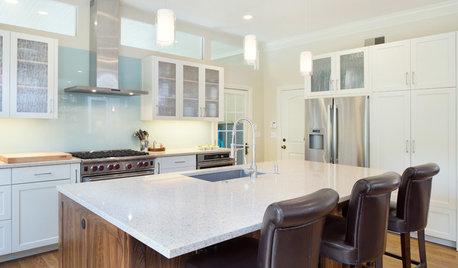
KITCHEN DESIGNModern Storage and Sunshine Scare Away the Monster in a Kansas Kitchen
New windows and all-white cabinetry lighten a kitchen that was once dominated by an oversize range hood and inefficient cabinets
Full Story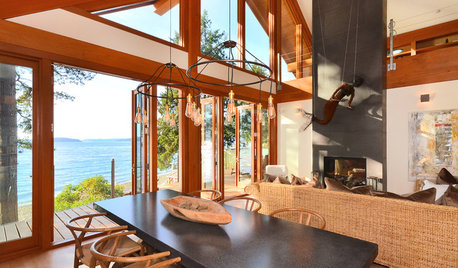
HOUZZ TOURSHouzz Tour: Ocean Views Exhilarate on the Sunshine Coast
Expansive gable windows and French doors offer an uninterrupted vista of the Pacific in this bright British Columbia A-frame
Full Story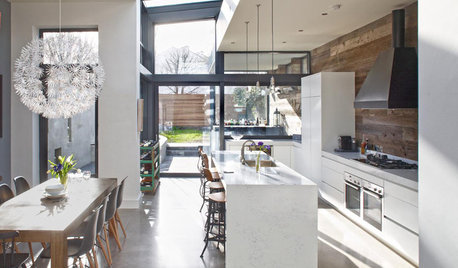
CONTEMPORARY HOMESHouzz Tour: Home Expansion Lets the Sunshine In
A Dublin home expands to accommodate a couple’s growing family and their love of entertaining
Full Story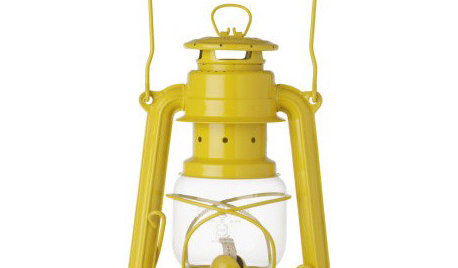
PRODUCT PICKSGuest Picks: Blue and Yellow Market Finds
Bright.Bazaar's Mr. Bazaar (a.k.a. Will) Gets Inspired By the London Sunshine
Full Story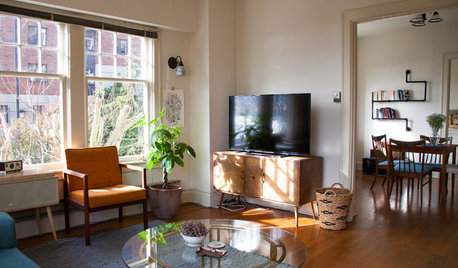
HOUZZ TOURSMy Houzz: Thoughtful, Eclectic Style for a Sunny Seattle Apartment
Creative couple builds their first home together piece by piece in a sun-filled rental
Full Story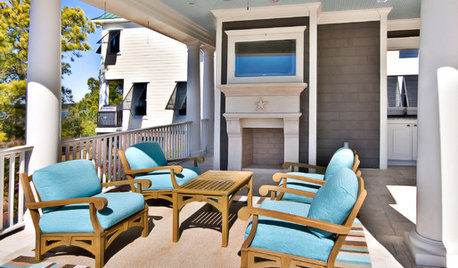
GARDENING AND LANDSCAPINGRenovation Detail: The Blue Porch Ceiling
Ghostly legends spurred the Haint Blue porch ceiling trend in the South, but you can pick this color just because it's pretty
Full Story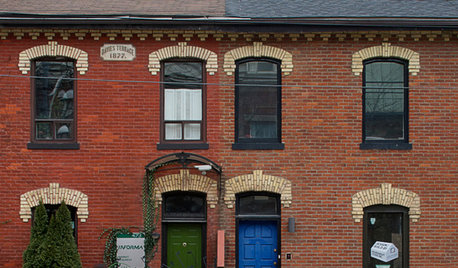
FRONT DOOR COLORSFront and Center Color: When to Paint Your Door Blue
Who knew having the blues could be so fun? These 8 exterior color palettes celebrate sunny-day skies to electric nights
Full Story
COLORRoom of the Day: Deep Blue Proves a Hot Hue
Navy takes a New Jersey living room from dull to dashing in the flick of a paintbrush
Full Story
COLORCooking With Color: When to Use Blue in the Kitchen
Keep your cool. We show you when to nosh around navy or try a taste of turquoise so you can stay relaxed while finishing your kitchen
Full Story






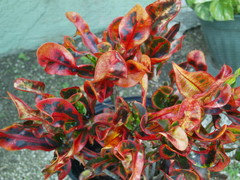
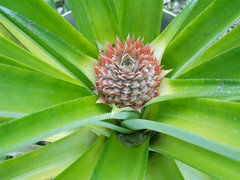
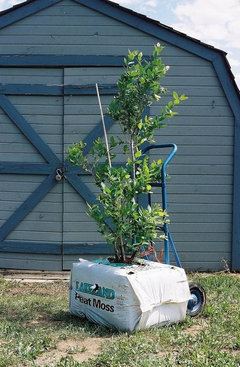
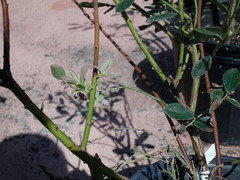


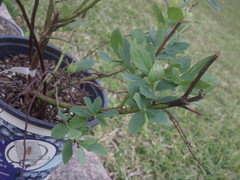
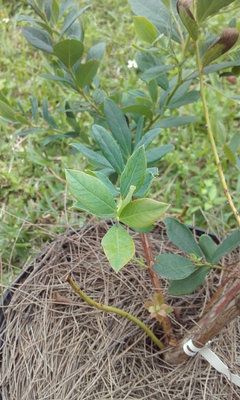

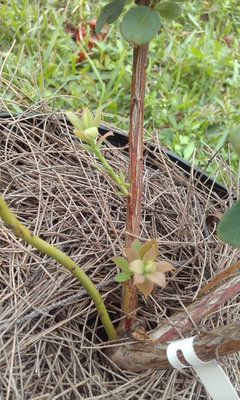



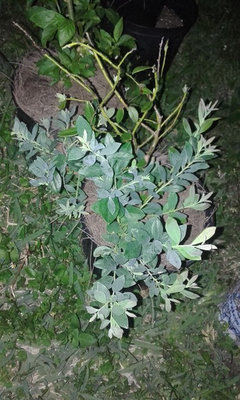

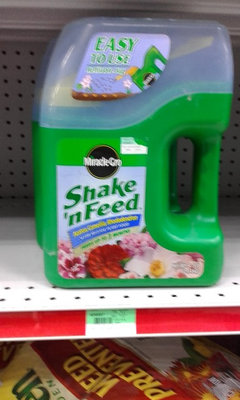
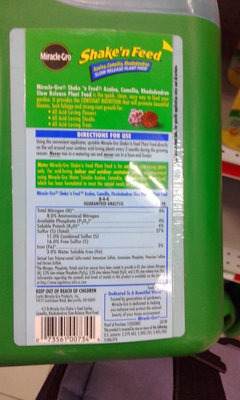

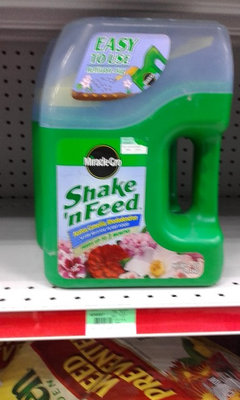
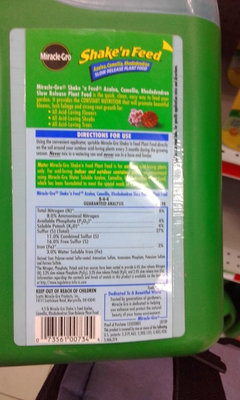

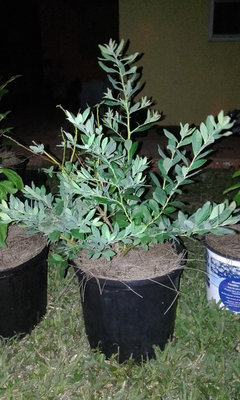

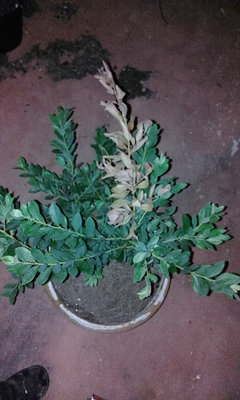
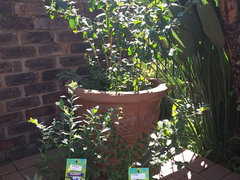




lala_e